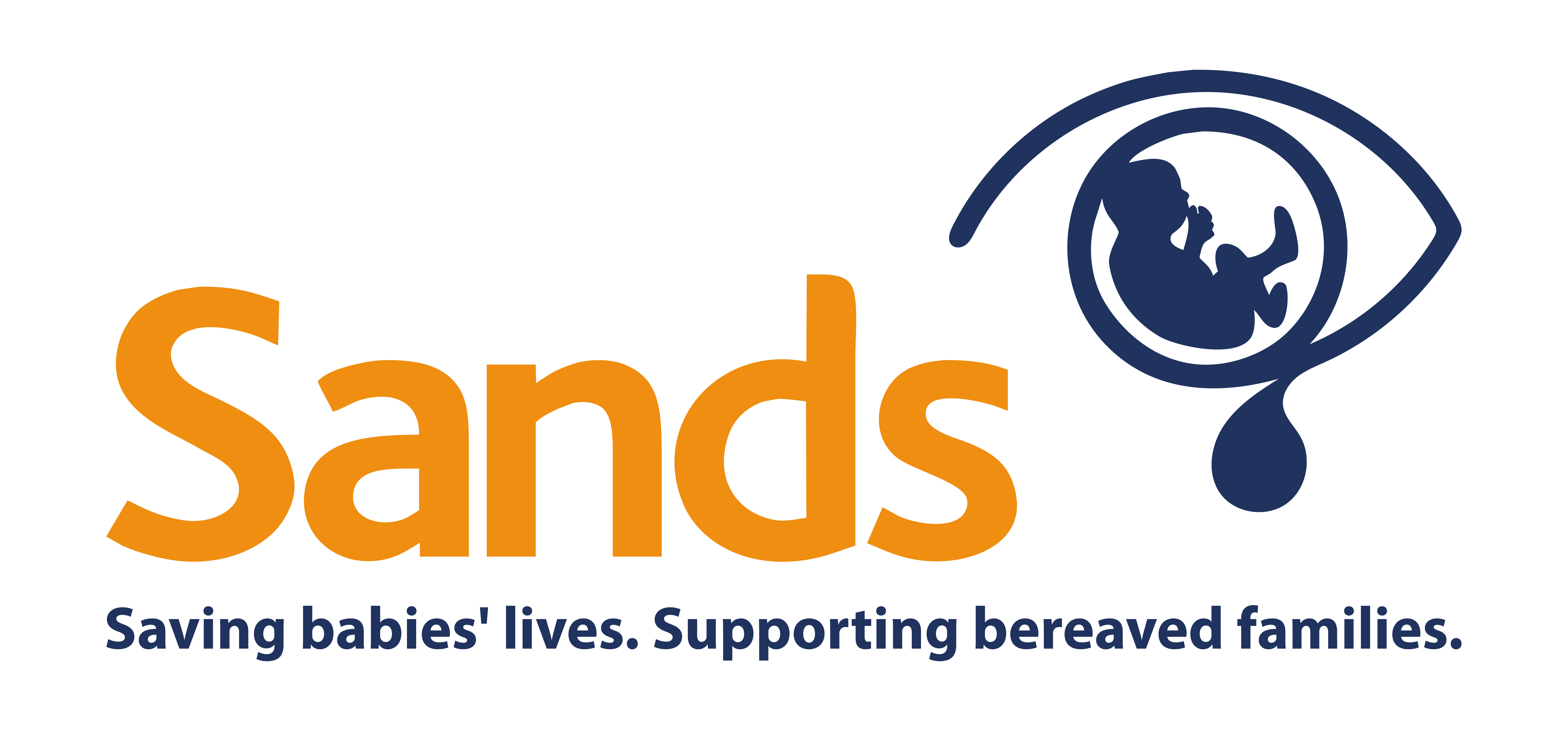The Remembering Baby: Life, Loss and Post-Mortem exhibition is inspired by a research project currently taking place at the University of Sheffield. Funded by the Economic and Social Research Council (ESRC), this project aims to understand how parents and families who have experienced early-life loss feel about, and experience, the post-mortem process.
Kate Reed (project lead), Elspeth Whitby (co-investigator) and Julie Ellis (researcher) have worked in collaboration with artists Hugh Turvey and Justin Wiggan to produce the exhibition. In this interview, Lauren Gasser, Engagement Manager at Sands, chats to Hugh and Justin about their involvement in the exhibition.
How did this exhibition come about?
Hugh: The idea of an exhibition was actually written into the research grant from the beginning. There was always going to be a portion on public outreach, to help us demonstrate the learning that could be gained from the research. The exhibition has evolved a lot though since that first consultation.
"We were both amazed at how open bereaved families were. It’s all about opening up a line of communication and using art as a vehicle to do this"
What does the exhibition add to the project?
Justin: It’s the humanisation of a subject that feels sealed off to many people. I think the artistic aspect of this project gives people the power to look at bereavement and loss through a more familiar lens, making it more available and approachable to everyone. Plus it creates a space for an emotional response that might not exist with standard research.
How closely did you work with the researchers?
Hugh: I was involved with the steering group from the beginning, and had some influence over the direction the project was taking. I certainly helped work on the way we reached out to the public.
"it creates a space for an emotional response that might not exist with standard research"
And how closely did you work with bereaved parents?
Justin: We were part of a number of workshops with parents and families which we found incredibly rewarding, but we worked particularly closely with two families. This was very intense as they shared their personal experiences with us – not only the events of what happened but also their emotions, memories, and even what went on in their imaginations. I developed the sound pieces in the exhibition based on conversations we had together.
Hugh: We were both amazed at how open bereaved families were. It’s all about opening up a line of communication and using art as a vehicle to do this. Especially when the subject matter is still so taboo in many ways.
What have you learnt from working on this project?
Hugh: I’ve worked with diagnostic imagery and health care professionals for over 20 years. Nothing in this project has come as a huge surprise, but it’s been so exciting to see how open and honest both bereaved parents and medical professionals have been. It has been slightly unusual for my family as I’ve worked on a lot of the art at home. My 11 year old son was actually very engaged with the project – he came to it with very open eyes and a willingness to talk about loss while my wife found it more difficult to let go of her preconceptions about what we do and don’t talk about. I suppose part of the purpose of this work is to help people think about and experience loss without such baggage.
Justin: The project affected me a huge amount. Partly because I have a 2 year old and partly because of how deeply honest and real people have been with me. There were a couple of times that I needed to walk away for a few days, reset then come back and be as supportive and present as I could with families. Artists have a responsibility to approach this type of work with a great deal of empathy, otherwise there’s no learning involved.
What’s next?
Hugh: So many bereaved parents, families and health care professionals wanted to share their experiences and help others, so we feel keen to explore how we might expand this project and reach more people. Watch this space.
More info?
The Remembering Baby: Life, Loss and Post-Mortem exhibition is open in London 3-14 November and Sheffield 5-14 December.
rememberingbaby@sheffield.ac.uk
@_rememberbaby #rememberbaby17

